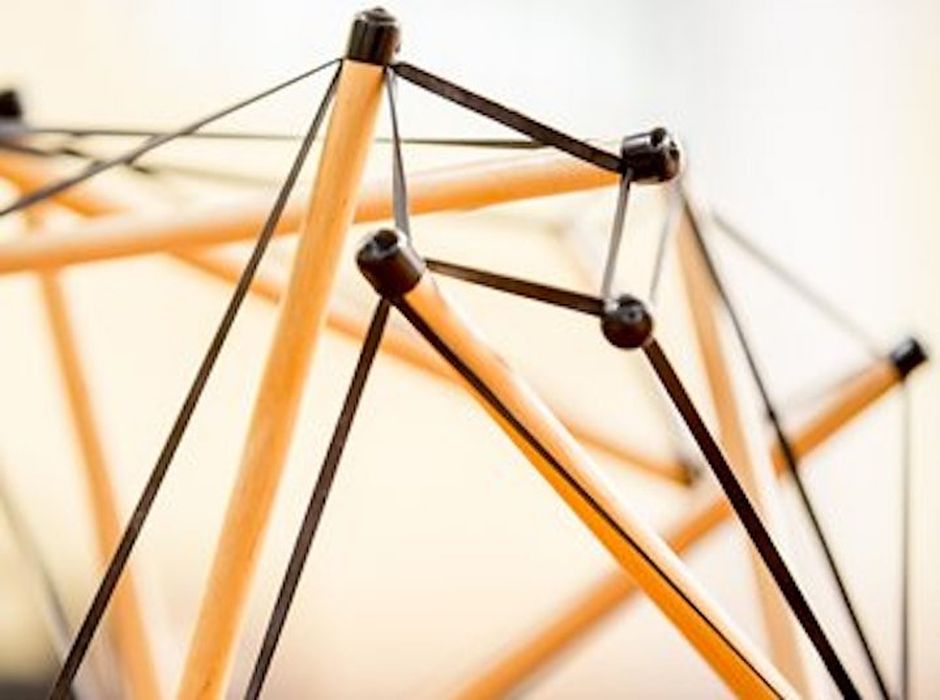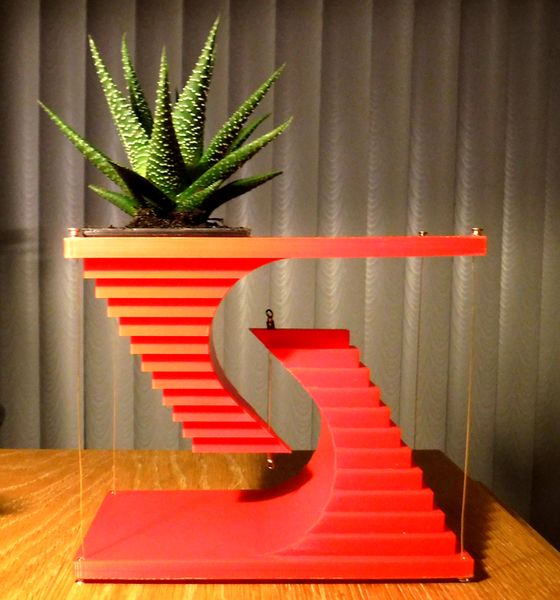
A report from ASME describes a unique “uncrushable material”.
The material is actually a 3D printed structure made from conventional materials, but in an ingenious configuration that creates the uncrushable property.
The structure is actually a tensegrity lattice.
Hold, on, we know what a lattice is, but what is a tensegrity lattice?
First, let’s look at what a tensegrity is. It’s a structure composed of elements where some are under compression, while others are under tension. The two forces balance out each other and create a stable structure.
Tensegrities are often made as curious display structures, and we’ve featured a few of them as our Design of the Week, like this tensegrity planter that seems to be floating in the air.

It’s not, of course, as the forces of compression and tension work through the solid portions and cables to stabilize the object.
But could this design method be used for more practical purposes? It turns out that it could, according to research by Dr. Julian Rimoli of Georgia Tech, who has devised a new, 3D printable tensegrity structure that repeats in a lattice pattern.
The new meta material can be deformed through compression, yet retains its shape. ASME reports:
“When squeezed, the lattice compresses uniformly, folding up neatly to 20 percent of its size. The traditional lattices that are squeezed next to it for comparison begin to fail before they are compressed halfway. And when released, the metamaterial cube bounces right back.”
This is evident in this video, which compares the new meta material with other approaches:
While this might be the first design using tensegrity lattices, it may not be the last. ASME said there could be an “infinite number of similar lattices”, and apparently Rimoli’s next task is to search for additional useful designs.
The moral of the story here is that we may believe civilization has exhausted all the primary mechanical designs. But 3D printing is showing that’s not true.
What’s true is that we’ve long been constrained by fabrication methods that have blinded us to the possible. 3D printing removes those constraints and now entirely new worlds of mechanical design are feasible, and that could lead to revolutionary new products and capabilities.
Via ASME
